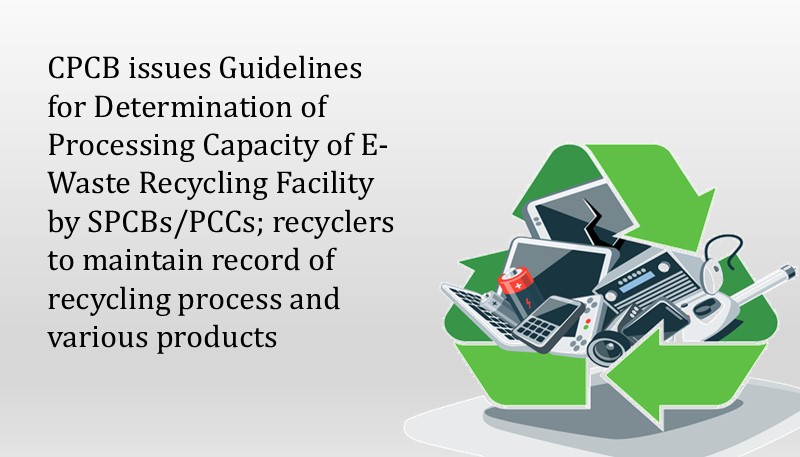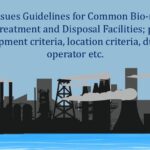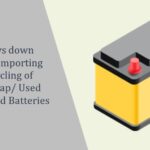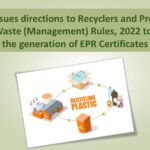In continuation to what we have reported earlier (please refer to the e-mail in trail), the Central Pollution Control Board (“CPCB”) has issued the Guidelines for Determination of Processing Capacity of E-Waste Recycling facility by SPCBs/PCCs (“Guidelines”).This is effective immediately.
The Guidelines provides for determination of Processing Capacity of E-Waste Recycling facility by State Pollution Control Board (“SPCB”) or Pollution Control Committees (“PCC”) with an objective to ensure that pollution control measures are in place and to facilitate verification processes before granting Consent to Operate (“CTO”) based on the facility’s capacity for recycling E-waste.
Key Highlights:
- The processing capacity of an e-waste recycling facility will be determined by SPCB/PCC based on the capacity of the installed plants and machineries, considering a maximum of 20 hours of operation per day.
- Recycling facilities must have adequate space for:
- Recycling Operations
- Raw material storage (E-waste- Waste Electrical and Electronic Equipment)
- Storage of products of recycling
- Storage of non-recyclables
- Storage of hazardous waste
- Pollution control equipment/devices (cyclone, bag house, alkaline scrubber, stack etc.)
- Operation control area
- The Guidelines provides the end products of recycling as given below:
- Gold in the form of nuggets
- Copper in the form of shreds or powder or ingots/bars
- Aluminium in the form of shreds or powder or ingots
- Iron in the form of bales or shreds.
- SPCB/PCC will grant CTO specifying the annual processing capacity in terms of weight of the waste electrical and electronic equipment that the recycler can process.
- For grant of common CTO for recycling and refurbishing operations, SPCB/PCC will give separate Recycling capacity and Refurbishing capacity.
- Standalone dismantling facilities can be allowed, but the recycler must take responsibility for the flow of materials and report it in their annual return. Further, the name, address etc. of such dismantler will be a part of the CTO issued.
- Recyclers are required to maintain detailed records of material flow at each stage of the recycling process, including input and output weights.
- Recyclers are further required to maintain records of following products /non –recyclable /Hazardous Waste materials besides the end products, as derived from E-waste as per the requirement of the EPR Portal:
- Other metals such as Tin (Sn), Palladium (Pd), Platinum (Pt), Silver (Ag), Rare earth metals, if any.
- Plastic
- Puff
- Rubber
- Oil
- Refrigerant Gases
- Residues of Recycling
- Hazardous Waste generated and its disposed to TSDF facility.
- Recyclers must have appropriate systems in place for sanitizing data from hardware and software.
For a detailed information on the Guidelines please refer to the hyperlink given below.
Source: Central Pollution Control Board





